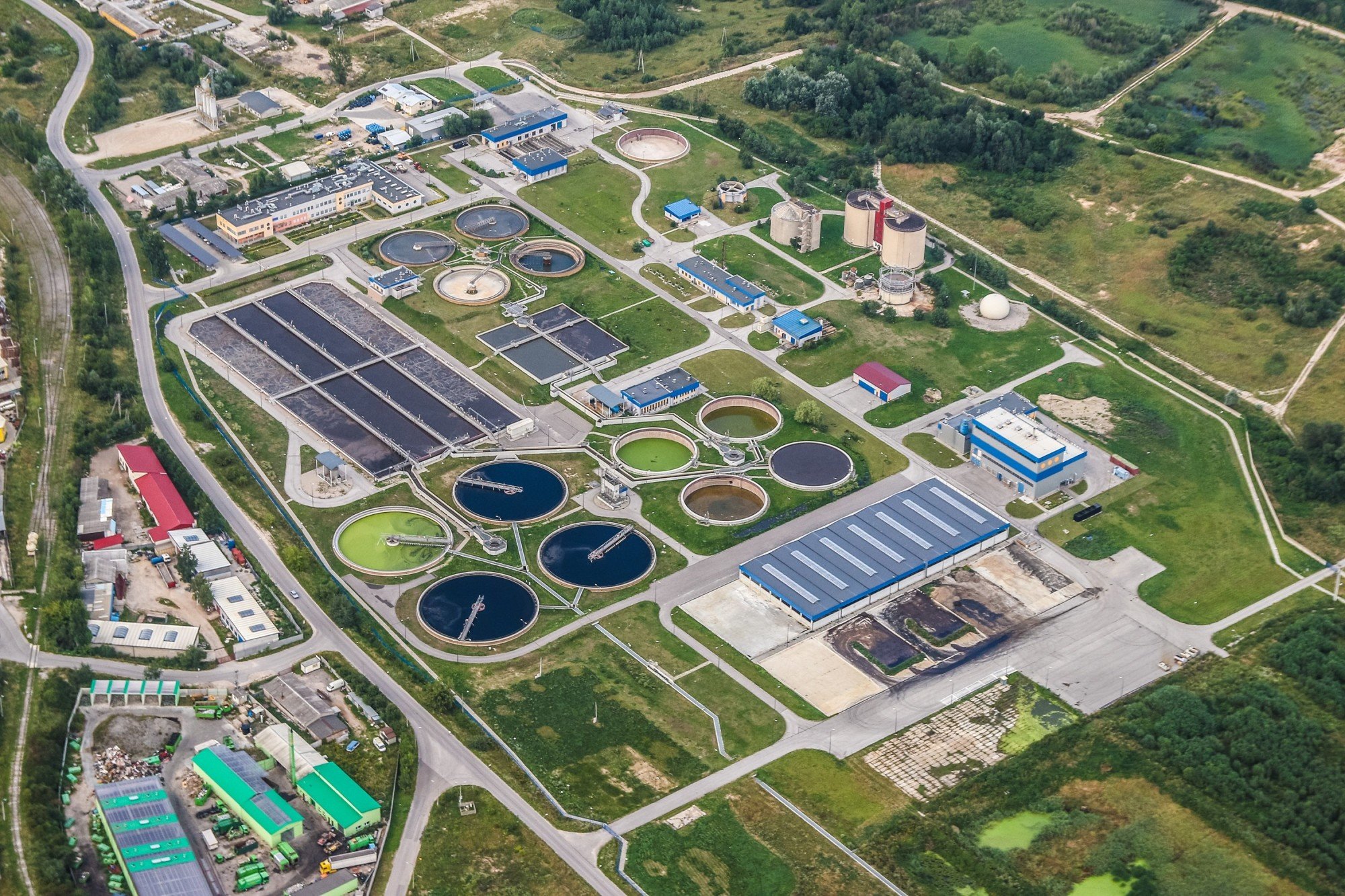Renewable Natural Gas Uses in Wastewater Resource Recovery Facilities

Each day, treat 1.3 million gallons of wastewater wastewater resource recovery facilities, including four major basins. Solid sludge is the by product of wastewater treatment. Did you know that some of the water we flush down the toilets every day contain five to ten times more toxins than what is listed on the Environmental Protection Agency's "safe" list? When you brush your teeth or take a shower, don't you wonder where all of the toxic waste water (sometimes called black water) goes? Well, some of it ends up back in the sewer system where wastewater is stored and treated for use as fertilizer, soil erosion control, or as water for landscaping and irrigation.
In an effort to be more sustainable, wastewater resource recovery facilities are using new technologies that can reduce the amount of nitrogen removed from treated water. Learn more about wastewater resource recovery. These technologies include carbon adsorption, mechanical filtration, and ion exchange. A carbon adsorption system draws water into tanks where it is mixed with charcoal to form microscopic bubbles. When the water passes through these bubbles, some of the chlorine and other chemicals dissolved in the water are separated from the carbon dioxide, resulting in water that has a lower sodium concentration than water in traditional treatment plants.Another way that wastewater resource recovery facilities are working to be more sustainable is by using natural gas instead of traditional fuel oil to heat and cool its wastewater. Last year, the city began using a combination of electric heaters and diesel-powered generators to power those generators. This technology converts diesel into natural gas, which is then circulated throughout the wastewater treatment plant, resulting in fewer emissions. However, under a recently enacted bill, natural gas can be used in this process.As these efforts continue to move forward, more businesses, schools and cities are looking towards wastewater resource recovery facilities to help them address their needs. There is a variety of ways that these facilities can use renewable natural gas to power their operations, including boilers, heating and cooling systems, and anaerobic digestion. Anaerobic digestion is when organic waste is broken down inside of a waste water container by anaerobic bacteria. Learn more about mixed municipal waste. This creates a so-called humus, which is then pumped back into the sewer system.These processes take place in primary settling tanks, which are often designed to reduce the amount of water that seeps into the ground. If the primary settling tanks do not contain enough water for the needs of the community, the wastewater resource recovery facilities are responsible for sending additional treated waste water from the plants where it is needed to meet community needs. There are two types of primary settling tanks: open and closed. In closed tanks, sediments are deposited into the bottom of the tank so that the water can be condensed while in open tanks, sediments are drained to the primary sewage treatment plants. Learn more from https://www.britannica.com/technology/wastewater-treatment.
